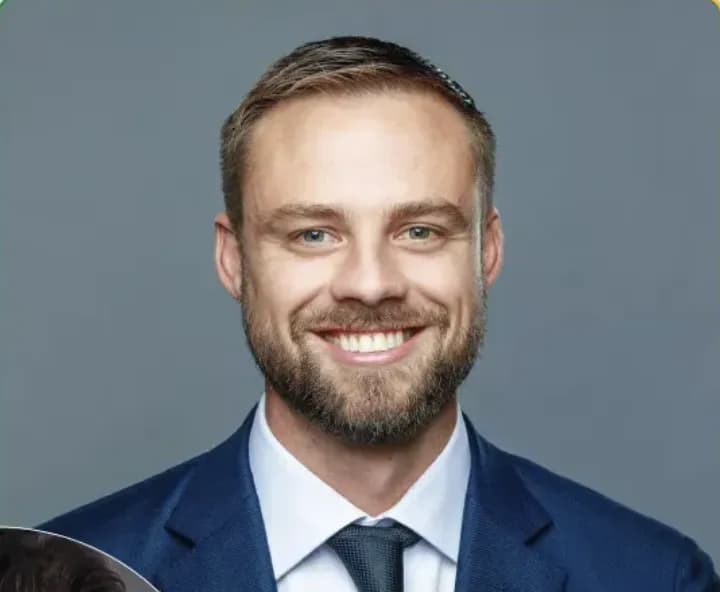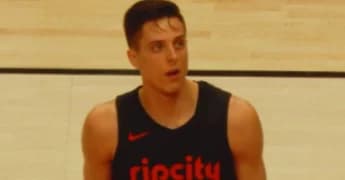The 2024 NBA offseason has been notably marked by the impact of the new collective bargaining agreement (CBA) and the introduction of the “second apron.” Some of the league’s highest-spending teams were forced to make tough financial decisions. The Los Angeles Clippers let Paul George walk, the Denver Nuggets did the same with Kentavious Caldwell-Pope, and the Golden State Warriors executed a sign-and-trade for Klay Thompson. These high-profile moves have sparked significant discontent among fans.
Two primary issues stand out. Firstly, financially motivated team breakups are rarely popular. Under previous rules, Klay Thompson might have retired as a Warrior alongside Stephen Curry and Draymond Green. The Clippers’ loss of George dropped them from contention to the lower half of the Western Conference, much to the dismay of their fans. Secondly, the new financial constraints hinder teams’ ability to improve through signings or trades, diminishing the offseason drama that fuels much of the NBA’s excitement.
NBA commissioner Adam Silver addressed these concerns during the league’s summer league, defending the new rules. “What I’m hearing from teams, even as the second apron is moving to kick in, the teams are realizing there are real teeth in those provisions,” Silver stated. “I don’t know how to view this, but I know reports have come out that the summer was boring from a fan standpoint. I don’t certainly think it was. We still saw a lot of critically important players moving from one team to another as free agents.”
Silver emphasized the new system’s goal of fostering competition among all 30 teams. “I want to put teams in a position, 30 teams, to better compete. I think we’re on our way to doing that.”
While the NBA has seen six different champions in the past six seasons, attributing this parity to the new rules is premature, as they are only now being fully implemented. Factors beyond the new CBA had already been pushing the league toward a wider field of contenders. A robust player-movement environment theoretically supports new contenders by providing the tools needed for improvement. However, the second-apron restrictions might complicate efforts to oppose any emerging dynastic teams.
It’s too early to determine the long-term impact of these new rules on the NBA. Front offices are resourceful and will likely find ways to exploit loopholes and discover new roster-building strategies. For instance, the Oklahoma City Thunder pushing to sign top free agent Isaiah Hartenstein while their top players, Chet Holmgren and Jalen Williams, are still on rookie deals, suggests all-in pushes may need to come earlier. Jalen Brunson’s below-market extension might redefine the use of max contracts. A new equilibrium will develop over time, revealing the true effects of these rules on the league’s health.
In the meantime, the NBA’s commitment to competitive balance remains steadfast, with Adam Silver optimistic that the new CBA and second apron will ultimately benefit all 30 teams, creating a more level playing field and maintaining the league’s competitive integrity
The 2024 NBA offseason has been notably marked by the impact of the new collective bargaining agreement (CBA) and the introduction of the “second apron.” Some of the league’s highest-spending teams were forced to make tough financial decisions. The Los Angeles Clippers let Paul George walk, the Denver Nuggets did the same with Kentavious Caldwell-Pope, and the Golden State Warriors executed a sign-and-trade for Klay Thompson. These high-profile moves have sparked significant discontent among fans.
Two primary issues stand out. Firstly, financially motivated team breakups are rarely popular. Under previous rules, Klay Thompson might have retired as a Warrior alongside Stephen Curry and Draymond Green. The Clippers’ loss of George dropped them from contention to the lower half of the Western Conference, much to the dismay of their fans. Secondly, the new financial constraints hinder teams’ ability to improve through signings or trades, diminishing the offseason drama that fuels much of the NBA’s excitement.
NBA commissioner Adam Silver addressed these concerns during the league’s summer league, defending the new rules. “What I’m hearing from teams, even as the second apron is moving to kick in, the teams are realizing there are real teeth in those provisions,” Silver stated. “I don’t know how to view this, but I know reports have come out that the summer was boring from a fan standpoint. I don’t certainly think it was. We still saw a lot of critically important players moving from one team to another as free agents.”
Silver emphasized the new system’s goal of fostering competition among all 30 teams. “I want to put teams in a position, 30 teams, to better compete. I think we’re on our way to doing that.”
While the NBA has seen six different champions in the past six seasons, attributing this parity to the new rules is premature, as they are only now being fully implemented. Factors beyond the new CBA had already been pushing the league toward a wider field of contenders. A robust player-movement environment theoretically supports new contenders by providing the tools needed for improvement. However, the second-apron restrictions might complicate efforts to oppose any emerging dynastic teams.
It’s too early to determine the long-term impact of these new rules on the NBA. Front offices are resourceful and will likely find ways to exploit loopholes and discover new roster-building strategies. For instance, the Oklahoma City Thunder pushing to sign top free agent Isaiah Hartenstein while their top players, Chet Holmgren and Jalen Williams, are still on rookie deals, suggests all-in pushes may need to come earlier. Jalen Brunson’s below-market extension might redefine the use of max contracts. A new equilibrium will develop over time, revealing the true effects of these rules on the league’s health.
In the meantime, the NBA’s commitment to competitive balance remains steadfast, with Adam Silver optimistic that the new CBA and second apron will ultimately benefit all 30 teams, creating a more level playing field and maintaining the league’s competitive integrity







